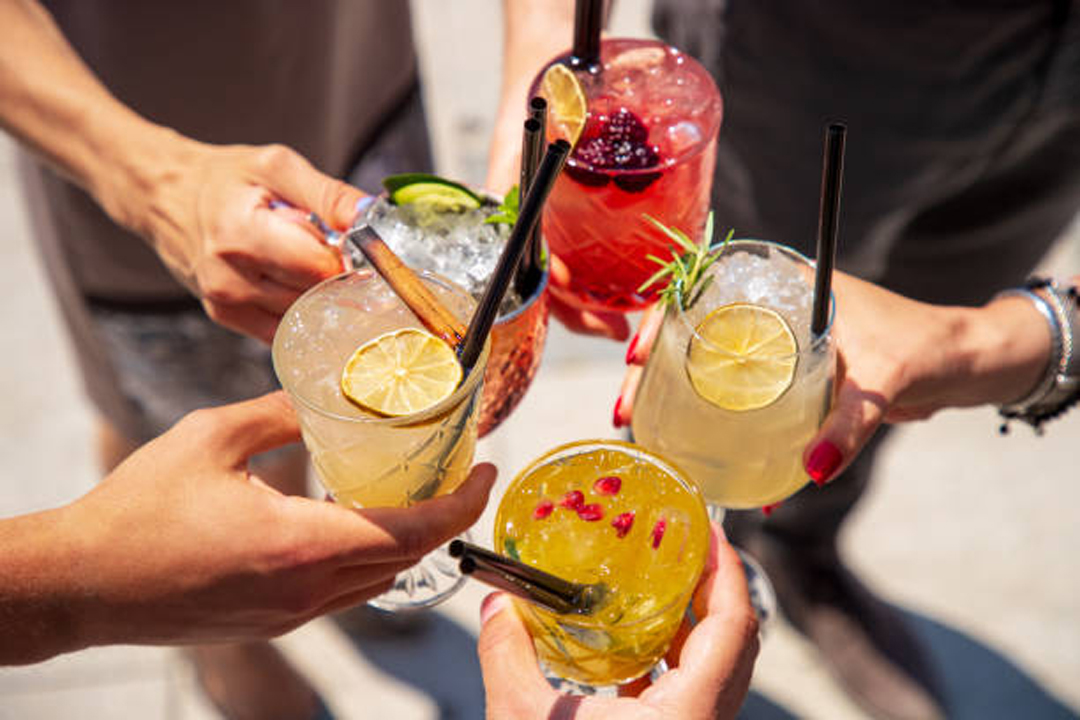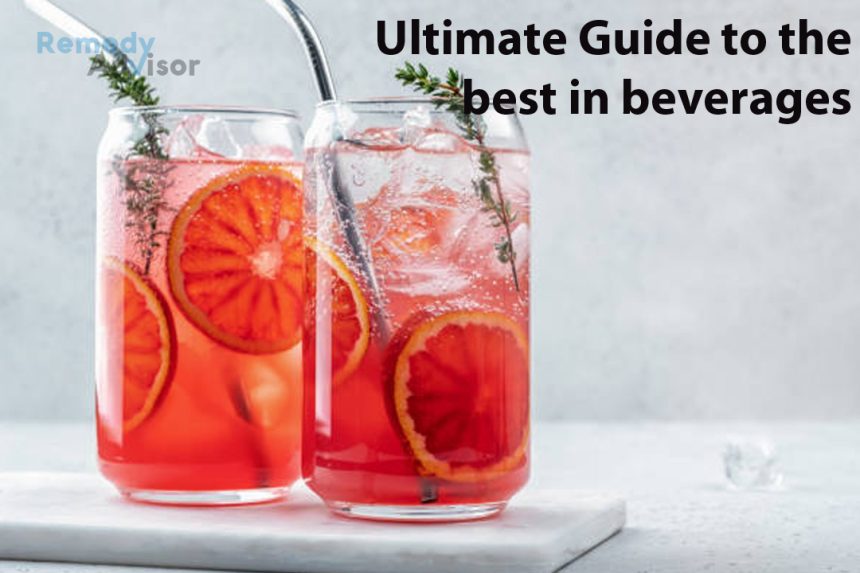Quenching our thirst has never been more complicated. So many different beverages vie for our attention that when someone asks, “What will you have?” we can’t always make up our minds. Should it be a diet or regular soft drink? Whole milk or skim? Mineral water or sparkling water? And which choice would be the healthiest?
Before you go looking for a drink, it might help to know more about what you’re drinking. Listed below are some of the latest facts about the most common beverages available.
Skim milk: the choice of a smart generation
Perhaps because it is one of our first foods, we regard milk as one of the healthiest. Indeed, expressions like “the milk of human kindness” and the “land of milk and honey” testify to the affectionate place that milk holds in the human heart. But whole cow’s milk doesn’t always make the human heart healthier. It’s rich in saturated fat the kind that clogs arteries and causes heart disease.
As you probably already know from television jingles, whole milk contains only 4 percent fat. But that measurement is by weight. The true, meaningful measurement of fat is actually percentage of calories from fat, and 48 percent of the calories in milk come from fat. That makes it a fattier food than many cuts of beef. “Low fat”or“2 percent,” milk isn’t much leaner. Fully 34 percent of its calories come from saturated fat. But skim milk has only 5 percent of its calories from fat.
To minimize your fat intake, give skim milk a try. Fortified skim milk contains as much calcium, vitamin D and vitamin A as whole milk without the saturated fat.
The bottomless cup
If Americans suddenly gave up drinking coffee, an awful lot of mornings would start with a whimper instead of a bang. But a few years ago coffee drinkers were urged to do just that. The reason: A wave of evidence, percolating from research labs, blamed coffee for irregular heartbeats, breast cysts and bladder cancer.
Since then, moderate use of coffee has been cleared as a health threat. But coffee-lovers would be wise to heed the following.
- Drinking more than four cups of coffee a day can cause “‘caffeinism,” a disorder easily mistaken for anxiety neurosis.
- Most adults can tolerate three cups of coffee which contain about 100 milligrams of caffeine each without experiencing such adverse symptoms as diarrhea, headache, heartburn, palpitations, nervousness or insomnia. But some can’t.
- Anyone with anemia, heart disease or gastrointestinal problems shouldn’t drink a lot of coffee. As an alternative, try decaffeinated coffee or drink café au lait. (That’s coffee diluted with steaming hot milk.)
- Black tea contains about 60 milligrams of caffeine per cup about half as much as a cup of brewed coffee.
Soft drinks: they’ll soften your middle
What fuel does America run on? If you said petroleum, you’d be only half right. As a nation, we’re also powered by carbonated soft drinks. Our cars may guzzle gasoline, but we guzzle soda pop at the rate of 42 gallons per year. That’s an average of 486.2 cans a year for every man, woman and child. In fact, we drink more “pop” than any other beverage, including water, of which we drink only 41 gallons a year.

Regular and diet cola is what Americans choose 69 percent of the time. Lemon-lime sodas run a distant second. Diet colas account for 23 percent of all soda sales. As for decaffeinated colas and sodas with added fruit juice they may well be the wave of the future.
What’s wrong with drinking soda? In a word: sugar at the rate of about 3 grams per ounce. Yes, sugar can provide energy. But soda delivers sugar without the B vitamins that enable the body to turn it into energy. Also, the calories in soda, like those in candy, are “empty” calories. You have to eat more food at other meals to make up for the nourishment that the sugar in soda pop lacks. And that can add inches to the waistline: Here are a few more facts that don’t usually pop out.
- Orange soda and root beer tend to be the sweetest sodas (up to 198 calories per can), while ginger ale and tonic water is usually the driest (as few as 120 calories).
- A 12-ounce can of cola contains about 36 milligrams of caffeine. That’s less than half the caffeine content of a cup of coffee. If you started your day with a mammoth 32-ounce container of cola from the convenience store, you’d be drinking about 100 milligrams of caffeine, or the equivalent of about one cup of coffee.
Bottled water: no guarantee of purity
In 1986, we drank 280 million gallons of bottled water. We have it delivered in cardboard crates. We buy it in plastic gallon jugs at the supermarket. But bottled spring water isn’t necessarily any healthier than city water. An investigation by Consumer Reports found that Los Angeles and New York City have excellent municipal water, and there’s no guarantee that even rural aquifers are untainted by pesticides or landfill seepage. Tap water can sometimes be just as good as well water.
Imported bottled waters have become popular in recent years as a low-calorie substitute for soft drinks. They go by different names and, depending on the source, they’ll be carbonated, rich in minerals, flavored or all three. Here are a few of their names and definitions.
Mineral water
Water that usually contains sodium, magnesium and calcium; in some states, it must have at least 500 parts per million dissolved mineral solids to be labeled “mineral water.” It is usually carbonated.
Sparkling water
Carbonated water in which the gases that are dissolved in the water are “captured” before they can escape, resulting in the telltale fizz.
Club soda
Artificially carbonated tap water to which minerals have been added.
Seltzer
Artificially carbonated tap water that is frequently flavored and/or sweetened, making it high in calories.
Drinking: a mixed review
For those who wish to drink safely, moderation has always been the rule. But what constitutes moderation? Doctors offer the following guidelines.
- Don’t go over two drinks a day. Two drinks a day the equivalent of two beers, two glasses of wine or a double whiskey sour is considered by some the upper limit of prudent drinking for any healthy person under 60.
- Remember the “55 rule.” As long as a person’s blood alcohol level remains under 0.055 (half the amount that constitutes drunk driving), alcohol won’t cause physical or psychological harm, say Roger E. Vogler, Ph.D., and Wayne R. Barts, Ph.D., authors of The Better Way to Drink. To obey the 55 rule, don’t drink more than two drinks an hour.
- Even moderate drinking, however, may be detrimental. Tests given to men who drank an average of two or three drinks 12 times a month (and women who drank two drinks 7 times a month) revealed measurable deficits in mental performance.
- For pregnant women, even moderate drinking can result in mental retardation or physical abnormalities in the infant.
So, if you toast to good health, don’t get burned.







